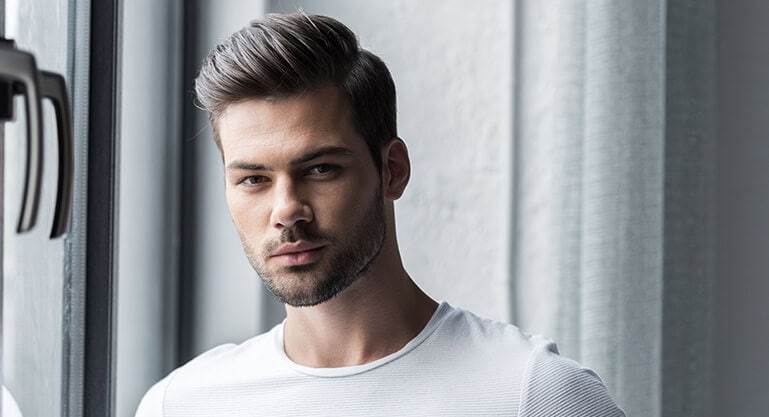Treatment | Mechanism | Application Form | Advantages | Disadvantages |
Finasteride | Works by inhibiting DHT production. | Oral tablet | Particularly effective for male pattern hair loss. | Can cause side effects such as sexual dysfunction. |
Minoxidil | Stimulates hair follicles to promote hair growth. | Topical solution | Can be used for both male and female pattern hair loss. | May cause scalp irritation and unwanted hair growth on the face and hands. |
Ketoconazole Shampoo | Cleanses the scalp with anti-fungal properties and may inhibit DHT. | Topical shampoo | Improves scalp health and can be combined with Minoxidil or Finasteride. | Limited efficacy when used alone. |
Dutasteride | More potent in inhibiting DHT production. | Oral tablet | May be more potent than Finasteride. | Higher risk of side effects. |
PRP Therapy | Involves injecting growth factors derived from your own blood into the scalp. | Injection | Revitalizes hair follicles and improves hair quality. | Expensive and requires multiple sessions. |
Hair Transplantation | Involves transplanting healthy hair follicles to balding areas. | Surgical procedure | Provides permanent results. | Invasive and costly procedure. |
Hair Laser Therapy | Uses low-level laser therapy (LLLT) to stimulate hair follicles with light energy. | Topical application with laser devices | Non-invasive method that is painless and suitable for at-home use. | Requires regular and long-term use; results may vary from person to person. |
Stem Cell Hair Therapy | Utilizes stem cells to rejuvenate hair follicles and promote hair growth. | Injection or topical application | Can rejuvenate hair follicles and support hair growth. | Some methods are still experimental and can be costly. |
Exosome Hair Therapy | Involves injecting exosomes, small vesicles that promote cell communication and renewal. | Injection | May promote cell renewal and revitalization of hair follicles. | A new and experimental treatment; more research is needed on its long-term effects and safety. |













